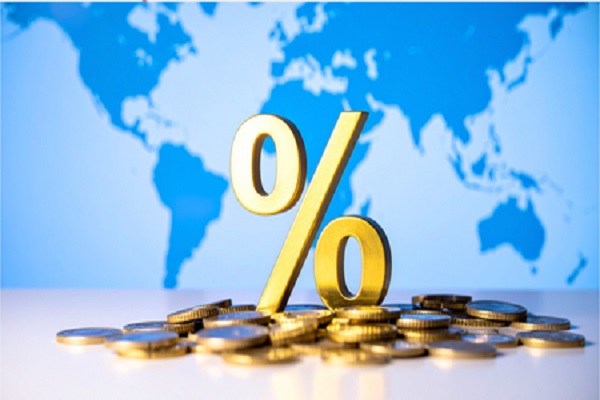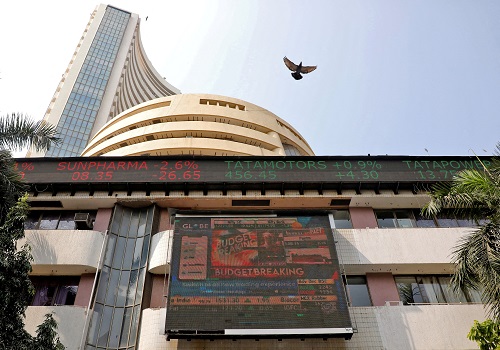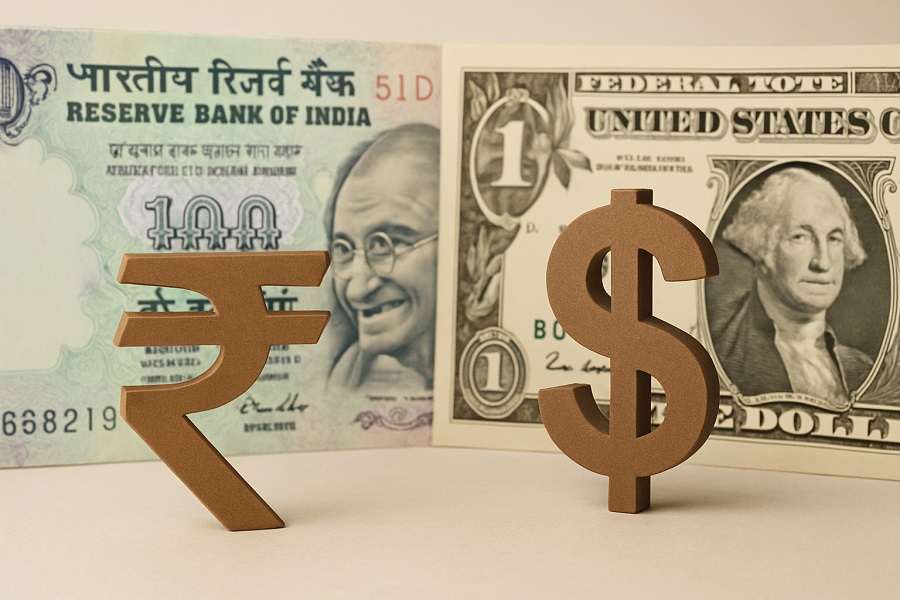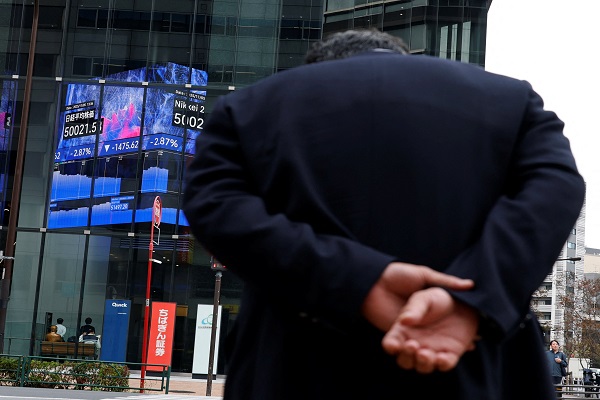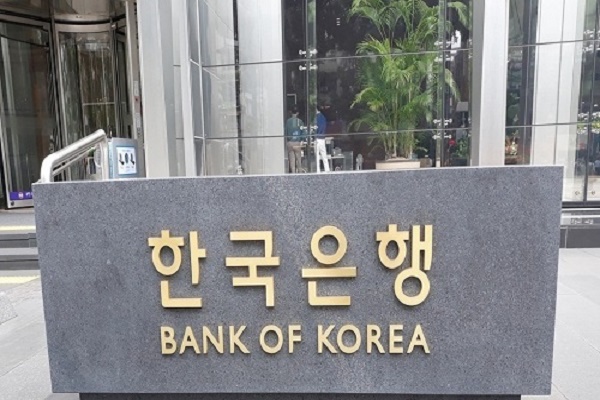Key highlights on the weakening of the pound By Amit Gupta, Kedia Advisory
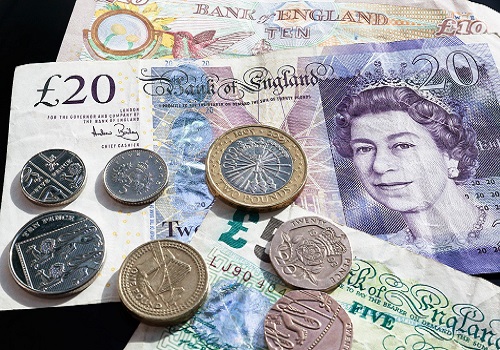
Pound Weakening: The British pound (GBP) saw a decline against both the U.S. dollar (USD) and the euro (EUR) on Wednesday.
GBP to USD: The pound was down 0.4% against the dollar, with the GBP/USD exchange rate at $1.2449. This decline put the pound on track for its most significant daily drop in a week, if the losses continue.
GBP to EUR: The euro strengthened by 0.2% against the British pound, with the EUR/GBP exchange rate at 86.27 pence. This level indicates that the euro is approaching its highest value against the pound in a month.
Poor Economic Reading: The pound's decline followed an unexpectedly poor economic reading, indicating that British economic output in July contracted more than anticipated.
UK Economic Contraction: Data from the Office for National Statistics (ONS) showed that the UK economy contracted by 0.5% in July. This contraction was worse than expected, as analysts had predicted a 0.2% decline. It marks the most significant monthly drop in output since December 2022.
Impact of Higher Interest Rates: Analysts noted that the decline in GDP for July suggests that the underlying economic growth has lost momentum since earlier in the year. This slowdown is attributed in part to the impact of higher interest rates. The Bank of England has raised interest rates multiple times since December 2021, reaching a 15-year high of 5.25%.
Market Expectations: Money market traders are currently pricing in a probability of around 75% that the Bank of England will raise interest rates again at its next policy announcement, and a 25% chance that rates will remain unchanged.
Other Contributing Factors: The ONS mentioned other factors that weighed on economic growth in July, including strikes in hospitals and schools, as well as adverse weather conditions that affected output in the retail and construction sectors.





